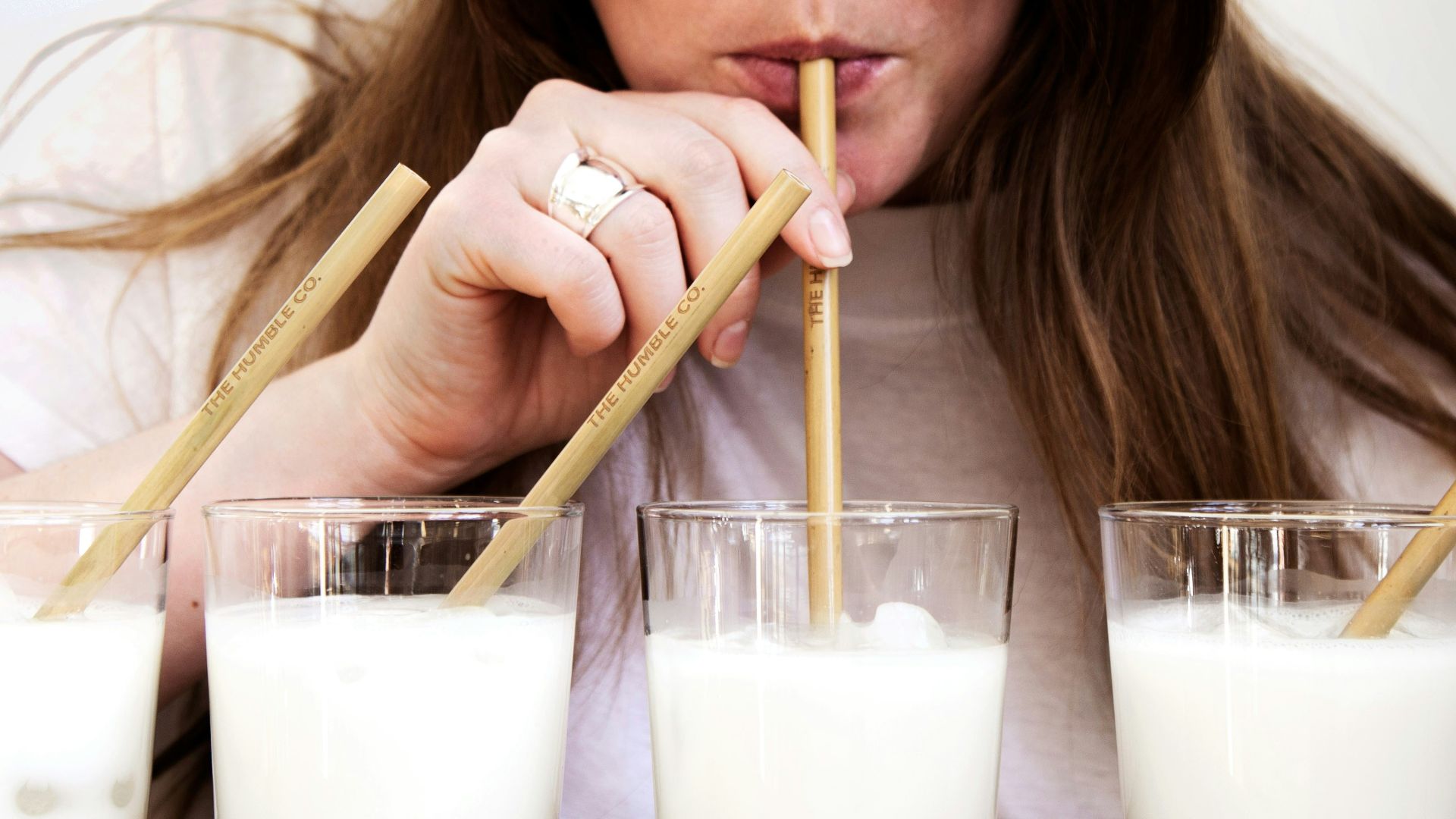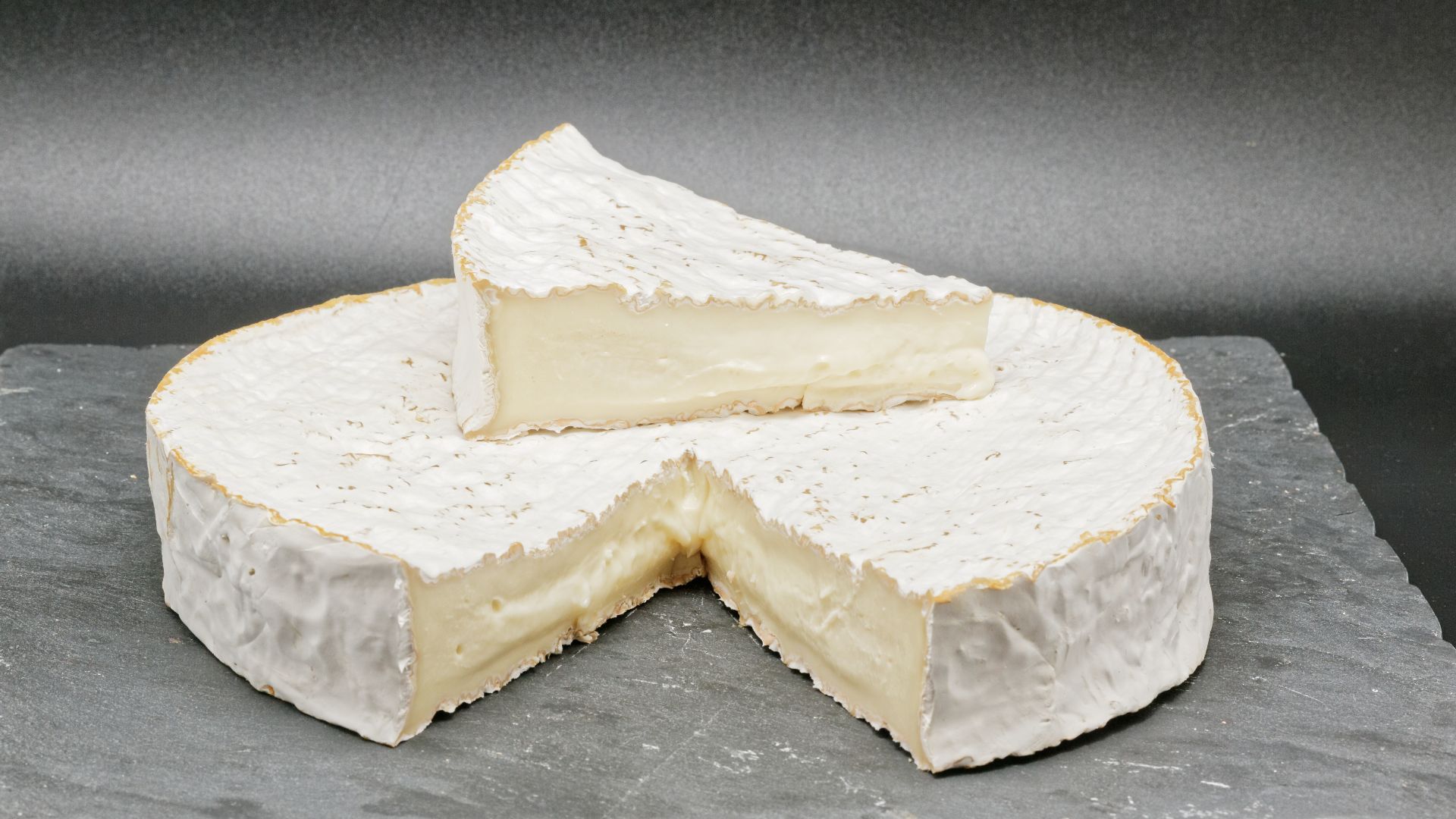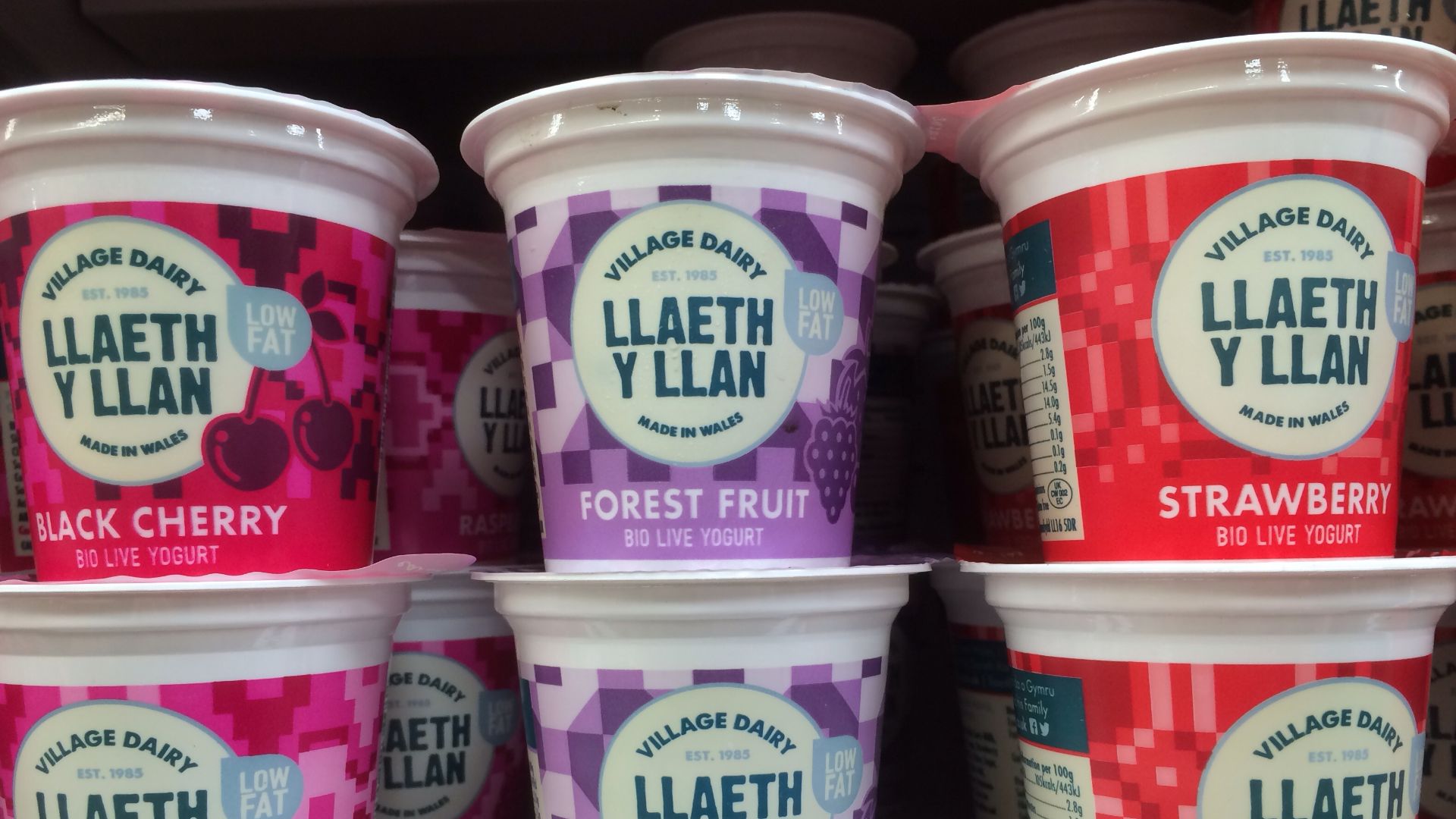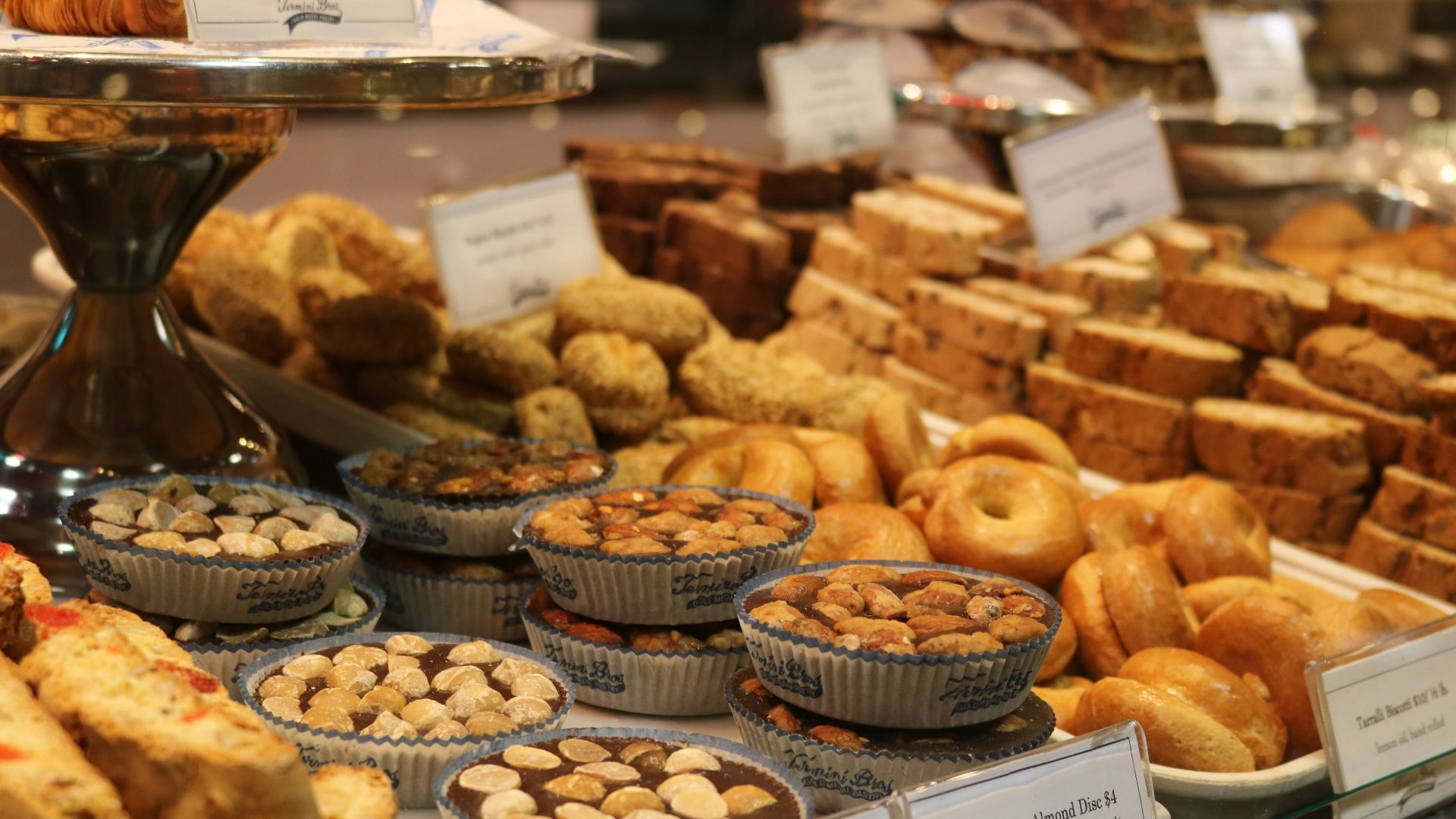Managing Lactose Intolerance
Lactose intolerance can lead to uncomfortable symptoms that disrupt daily life. It affects millions of people, yet it’s often confused with other digestive issues or mistaken for a food allergy. However, its true cause isn’t always obvious at first. But understanding the root problems and which foods to avoid can make managing it much easier. So, let’s start with 10 essential facts about this common but misunderstood condition.
1. What Causes Lactose Intolerance In The Body
This condition results from a lack of lactase, the enzyme needed to digest lactose. Without the enzyme, undigested lactose ferments in the colon. This deficiency may be genetic or develop from intestinal damage caused by infection, inflammation, or surgery.
 Lactose Intolerance by Nucleus Medical Media
Lactose Intolerance by Nucleus Medical Media
2. How Lactose Intolerance Differs From A Dairy Allergy
Unlike lactose intolerance, which affects digestion, a dairy allergy stems from the immune system reacting to milk proteins. Allergies can cause life-threatening reactions, while intolerance may result in discomfort. Because treatment differs, it’s vital not to confuse these two conditions.
3. Signs And Symptoms You Shouldn’t Ignore
If you regularly experience bloating, abdominal pain, or diarrhea after dairy, lactose intolerance could be the cause. Nausea or excessive gas may appear within 30 minutes to 2 hours of eating. Persistent symptoms may signal a more serious digestive condition.
4. Why Some People Develop It Later In Life
Many people tolerate dairy as children but develop lactose intolerance in adulthood due to a decline in lactase levels. Gut damage from illnesses like celiac disease can also trigger intolerance. As lactase production decreases, sensitivity rises—often without warning.
5. The Role Of Ethnicity And Genetics In Lactose Intolerance
Ethnicity also plays a major role in lactose tolerance. People of East Asian, African, or Indigenous descent are more likely to develop intolerance due to genetics. In contrast, populations with dairy-farming ancestry often retain lactase longer.
6. How Much Lactose Is Too Much For The Intolerant
Lactose tolerance varies from person to person. Some individuals can tolerate small amounts, while others react to even a few sips of milk. Generally, 1–2 cups may trigger symptoms. However, pairing lactose with meals can reduce the severity of discomfort.
7. Ways Lactose Intolerance Is Diagnosed
Doctors typically begin by reviewing symptoms and eating habits. The hydrogen breath test detects unabsorbed lactose by measuring gas levels after consumption. A blood test may be used to gauge absorption. Elimination diets followed by reintroduction also help confirm lactose intolerance.
 Taking the Hydrogen Breath Test by UW Medicine
Taking the Hydrogen Breath Test by UW Medicine
8. The Difference Between Primary And Secondary Lactose Intolerance
Primary lactose intolerance is a lifelong, genetically driven condition that develops gradually with age. On the other hand, secondary intolerance occurs when illness or injury damages the small intestine, reducing lactase production. The onset of secondary intolerance is often sudden.
9. How Lactose Intolerance Affects Nutrient Absorption
Ditching dairy often reduces intake of calcium, vitamin D, and riboflavin. Gut inflammation may worsen absorption issues. Over time, this can affect bone health and energy levels. Using nutrient-rich alternatives like fortified plant-based milk and leafy greens is highly recommended.
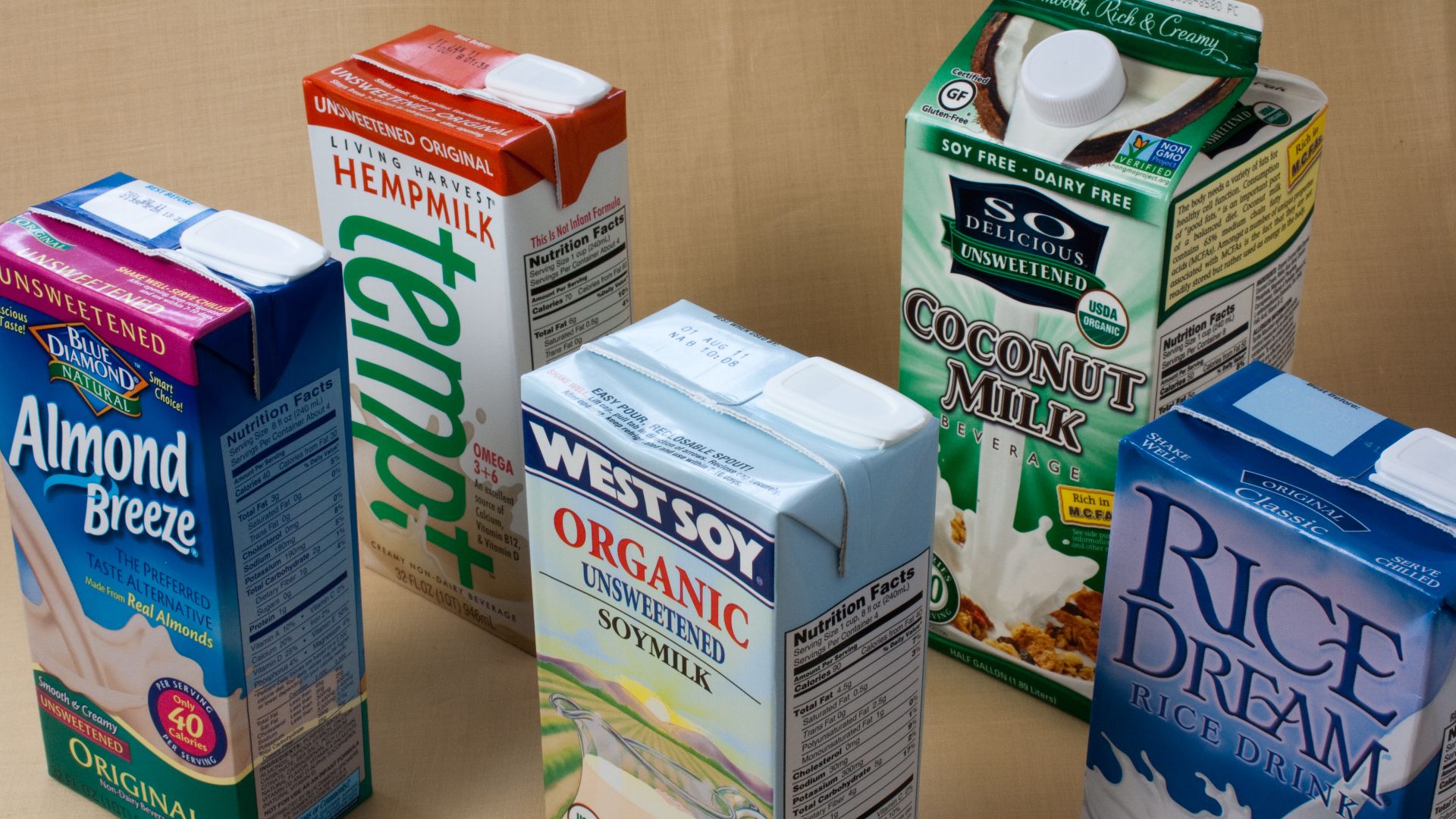 Veganbaking.net from USA on Wikimedia
Veganbaking.net from USA on Wikimedia
10. Can Lactose Intolerance Ever Go Away?
Secondary lactose intolerance may subside once the gut has healed, allowing some people to tolerate dairy products again. Primary intolerance, however, is usually permanent. Gradually reintroducing small amounts of dairy or using lactase supplements can improve tolerance over time in mild cases.
 My Fight With Lactose Intolerance by Jay Wanders Out
My Fight With Lactose Intolerance by Jay Wanders Out
Now that you understand what lactose intolerance is and its effects, managing it becomes the next priority. Here are 10 everyday foods that contain lactose and are best left off your plate.
1. Whole Milk And Full-Fat Dairy Products
Whole milk is one of the most lactose-dense products and often the first trigger for symptoms. Consuming small amounts can cause bloating. Low-fat and skim versions still contain lactose. Safer choices include almond, oat, or soy milk as nutritious, dairy-free alternatives.
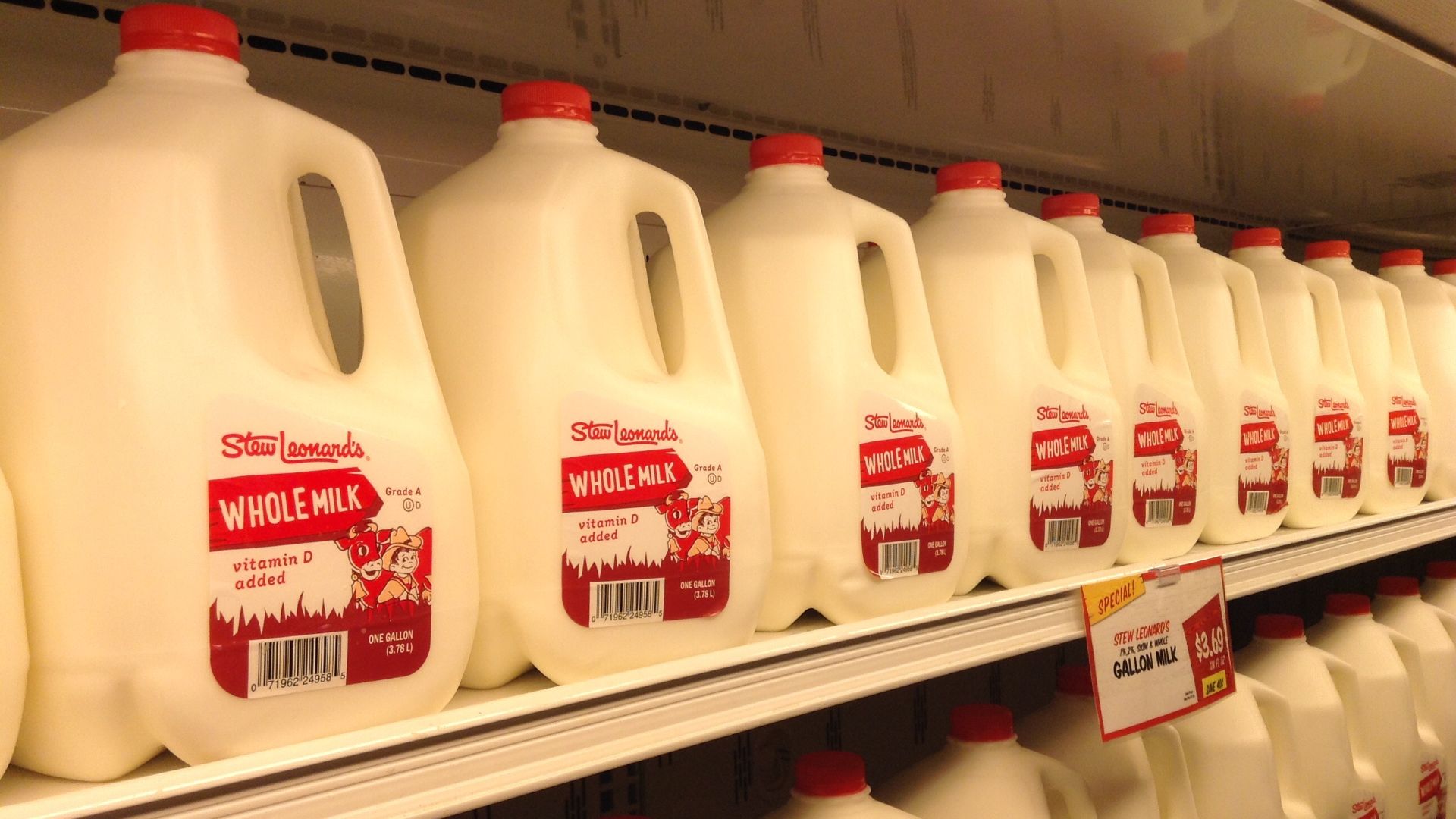 Mike Mozart from Funny YouTube, USA on Wikimedia
Mike Mozart from Funny YouTube, USA on Wikimedia
2. Soft Cheeses Like Brie, Feta, And Cream
Soft cheeses contain more lactose than hard, aged varieties. Brie and feta are especially problematic and often hidden in sandwiches and salads. Their rich texture makes them deceptively intolerant-friendly, but nut-based or labeled lactose-free versions offer a gentler option.
3. Butter In Daily Meals
Butter may seem harmless, but it contains trace amounts of lactose that accumulate with frequent use. It’s often baked into goods or added to sauces, making it hard to detect. Clarified butter, also known as ghee, which removes milk solids, is a safer alternative.
4. Ice Cream And Frozen Dairy Desserts
Classic ice cream is a high-lactose treat due to its cream and milk base. Even premium brands may intensify symptoms due to richness. Some sorbets incorporate milk for added texture. You can switch to certified non-dairy ice creams made with coconut, almond, or cashew bases.
5. Yogurt Made From Cow’s Milk
Although yogurt contains probiotics that aid digestion, it still holds lactose. Greek yogurt has slightly less, but even then, it can cause symptoms. Non-dairy alternatives like coconut, soy, or cashew yogurts provide similar textures without discomfort, making them ideal for daily use.
6. Baked Goods Containing Milk Powder
Many baked items, like muffins and breads, include milk powder or whey to enhance texture. These concentrated dairy ingredients are potent lactose sources. Even goods labeled “non-dairy” can legally contain small amounts. So, reading labels carefully can help prevent surprise symptoms.
7. Cream-Based Soups and Sauces
Creamy soups, like chowder and bisque, often contain milk or cream as their base, while sauces like Alfredo and béchamel are loaded with lactose. Even lighter versions may still use dairy thickeners. Coconut milk or blended cashews can be delicious lactose-free swaps in homemade recipes.
8. Processed Meats With Hidden Dairy Additives
Surprisingly, sausages and hot dogs may contain lactose-based fillers like whey or casein. These additives enhance texture and shelf life but aren’t always clearly labeled. Always read the fine print or opt for certified dairy-free brands specifically designed for individuals with food sensitivities.
9. Instant Mashed Potatoes And Boxed Mixes
Convenient boxed meals and mashed potato mixes often include powdered milk or butter flavorings. Even “just add water” versions can hide lactose in their seasoning packets. So, try to prepare homemade alternatives with dairy-free milk and plant-based margarine. They are safer and often more flavorful.
10. Chocolates And Candy Bars With Milk Fillings
Avoid milk chocolate and cream-filled candies, especially those with caramel, nougat, or condensed milk, as they are rich in lactose. Dark chocolate can also be risky due to cross-contamination. There are many certified vegan chocolates that avoid dairy entirely.
KEEP ON READING









